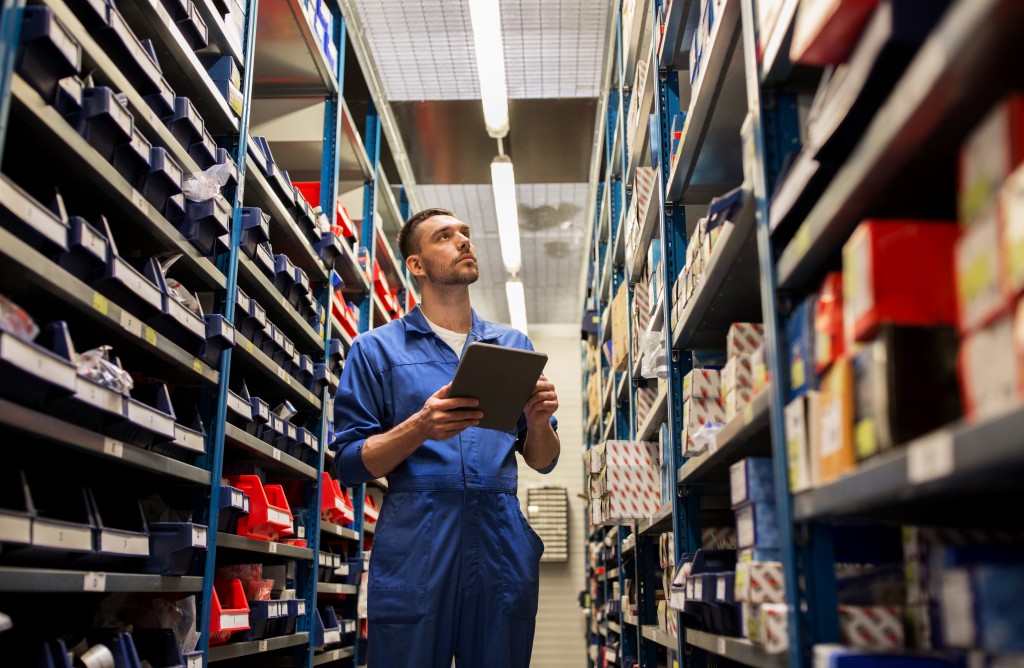Working in a warehouse is considered as one of the most dangerous jobs today. From heavy machinery to faulty shelving, there are dozens upon dozens of hazards that put workers at risk to injury or even death.
To mitigate these risks, warehouses employ as many safety measures as there are hazards, if not more. Among these safety measures, a lot of them use safety tools, such as:
1. Personal Protective Equipment (PPE)
Personal Protective Equipment or PPE is one of the most important safety tools in the warehouse. Often, it’s the only thing that stands between a worker and a severe injury. Hence, warehouses must ensure that all workers are wearing proper and complete PPE, whether they are only doing light work or handling IBC bundled pallets.
Proper PPE for warehouse workers includes a hard hat, work gloves, steel-toed boots, and protective clothing, among others.
2. First aid kits
It’s required by law (Health and Safety Laws) for employers to provide equipment and facilities to attend to injured or ill workers. And one of the most important safety equipment that workplaces should have is the first aid kit.
An accident can never be predicted, and a first aid kit is a crucial tool for immediate care when it happens. Thus, warehouse managers should always make sure that first aid kits are on hand. At the same time, appointed individuals must check these first aid kits regularly to ensure that they are complete.
3. Signs and labels
To ensure worker safety, each area in the warehouse have appropriate and clearly visible signage. These signages should indicate, for example, who is allowed in a particular area, if an area contains hazardous or flammable material, and where the fire extinguishers and alarms are, just to name a few.
On the other hand, items in a warehouse should be clearly labelled, especially equipment. A label should indicate what that equipment is, the serial number, warnings, and safety instructions, along with other pertinent information.
4. Anti-slip materials
Anti-slip materials such as tape and mats significantly reduce slip-and-fall accidents, which can be proven fatal in the most unfortunate circumstances. These anti-slip materials must be present in areas where slipping and falling are huge risks, such as ledges, stairs, and inclined surfaces.
 5. Safety posters
5. Safety posters
Aside from labels and signages, safety posters should be placed in strategic locations in the warehouse. In these posters, workers should be able to find safety reminders, procedures, and instructions that will help them preserve their own safety, as well as the safety of others. Great examples of safety posters are ‘what to do during an earthquake’, ‘fire safety instructions’, and ‘how to turn on/off equipment.’
6. LOTO systems
A lockout/tagout (LOTO) system prevents a myriad of accidents by disabling machines whenever needed. In a warehouse, LOTO devices are useful in turning off heavy machinery (sometimes multiple ones at once) so no unauthorized use occurs.
Apart from having these safety tools, another crucial safety measure in warehouses is worker education. Without proper training and instruction, workers won’t have the knowledge that they need to protect themselves, as well as those around them. That said, education is just as important as having the proper safety tools in the warehouse or any workplace.



